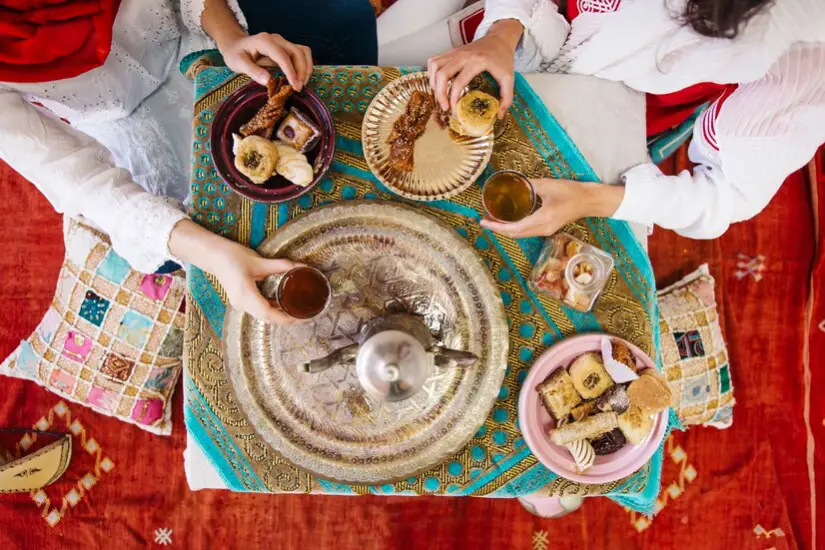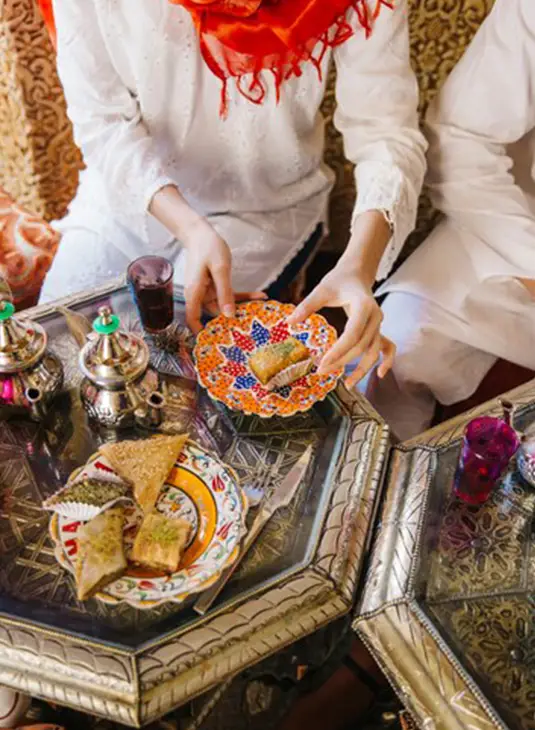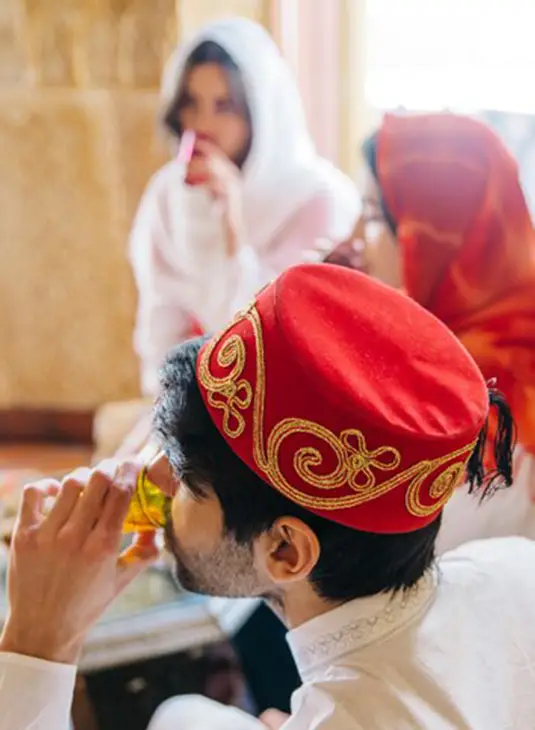Persian Cultural Events
Home » Persian Culture & Heritage » Persian Cultural Events

- Persian Cultural Events
Persian Cultural Events: A Journey Through Traditions
Persian cultural events are a vibrant expression of the rich heritage of Iran, bringing together thousands of years of history, art, and traditions. From ancient festivals to modern-day celebrations, these events provide a fascinating insight into Persian customs and values, making them an essential part of Persian identity. Whether you are in Iran or part of the Persian diaspora, these celebrations carry a deep significance, bringing people together to honor their shared heritage.
Persian Festivals: Celebrations of History and Tradition
Nowruz: Persian New Year
Nowruz, the Persian New Year, is one of the most celebrated events in Iran and beyond. Marking the first day of spring, Nowruz symbolizes renewal and new beginnings. The festival, which has been recognized by UNESCO, is filled with various traditions, including setting the Haft-Seen table. Each item on this table, starting with the letter “S” in Persian, represents life, growth, and prosperity.
Nowruz Traditions:
- Jumping over bonfires during Chaharshanbe Suri.
- Visiting family and exchanging gifts.
- Preparing special dishes and sweets to share with loved ones.
Yalda Night: The Longest Night of the Year
Shab-e Yalda, or Yalda Night, celebrates the longest night of the year, marking the winter solstice. Families gather to eat, read poetry, and stay awake until dawn, symbolizing the triumph of light over darkness.
Yalda Night Traditions:
- Reading poetry, especially verses from the famous Persian poet Hafez.
- Eating fruits like pomegranates and watermelons, which symbolize life and renewal.


Persian Traditions and Customs: A Cultural Legacy
Mehregan: Festival of Friendship and Harvest
Mehregan is the Persian festival of autumn, celebrating the harvest and the god Mithra, who symbolizes friendship, light, and love. It’s a time to give thanks for nature’s bounty and spend time with loved ones.
Mehregan Customs:
- Decorating homes with flowers and fall produce.
- Sharing traditional Persian meals.
- Giving thanks and celebrating the beauty of nature.
Sizdah Bedar: Celebrating Nature
Sizdah Bedar, celebrated on the 13th day of Nowruz, is known as Nature Day. On this day, people gather outdoors to enjoy picnics, play games, and connect with nature, symbolizing a fresh start to the new year.
Sizdah Bedar Traditions:
- Tying knots in grass for good fortune.
- Throwing Sabzeh (green sprouts) into running water to wash away bad luck.
Experience Persian Cultural Events Globally
Persian cultural events aren’t limited to Iran. They are celebrated worldwide by the Iranian diaspora, giving people everywhere a chance to connect with Persian traditions. Cities like Los Angeles, London, and Toronto host large-scale events to mark occasions like Nowruz and Yalda Night, helping keep Persian culture alive far from home.
Persian Cultural Events Around the World
- Iranian Film Festivals: Showcasing Persian cinema and storytelling.
- Persian Art Exhibitions: Highlighting calligraphy, ceramics, and traditional crafts.
- Persian Music Concerts: Featuring traditional instruments like the tar and daf.
Conclusion: Honoring Persian Heritage
Attending Persian cultural events is a beautiful way to experience the richness of Persian culture and heritage. These celebrations not only preserve the deep-rooted traditions of Iran but also serve as a bridge between generations and cultures. Whether it’s Nowruz, Mehregan, or Yalda Night, these events ensure that Persian customs continue to thrive and inspire, offering a meaningful connection to the past and a celebration of the future.
Persian traditions are more than just festivals; they are a way of life that honors family, nature, and artistic expression. Whether you are looking to experience these events in person or from afar, Persian cultural events open a window to an ancient yet ever-evolving civilization.
Frequently Asked Questions (FAQs) About Persian Festivals
1. What are Persian cultural events?
Persian cultural events are celebrations and festivals that reflect the rich traditions, history, and customs of Iranian culture. They include both ancient and modern festivities that honor Persian heritage.
2. What is Nowruz and how is it celebrated?
Nowruz is the Persian New Year, marking the first day of spring. It is celebrated with family gatherings, special meals, and traditional customs such as setting up a Haft-Seen table, which includes symbolic items representing new beginnings.
3. When is Yalda Night celebrated and what does it signify?
Yalda Night, or Shab-e Yalda, is celebrated on the longest night of the year, the winter solstice. It symbolizes the triumph of light over darkness, and is observed with gatherings, poetry reading, and eating seasonal fruits like pomegranates and watermelons.
4. What is Mehregan and why is it important?
Mehregan is an autumn festival that celebrates the harvest and the ancient Persian deity Mithra. It is important for giving thanks for nature’s bounty and for bringing people together to enjoy traditional food and festivities.
5. What happens during Sizdah Bedar?
Sizdah Bedar, or Nature Day, is observed on the 13th day of Nowruz. It is a day for outdoor picnics, games, and connecting with nature, symbolizing a fresh start to the new year.
6. How are Persian cultural events celebrated outside of Iran?
Persian cultural events are celebrated worldwide by the Iranian diaspora with festivals, art exhibitions, music performances, and community gatherings, keeping Persian traditions alive globally.
7. What are some traditional foods served during Persian festivals?
Traditional foods include dishes like kebabs, saffron rice, and various stews, as well as sweets like baklava and saffron ice cream, often enjoyed during festivals and family gatherings.
8. What is the significance of the Haft-Seen table?
The Haft-Seen table is a traditional setup for Nowruz that includes seven items starting with the letter “S” in Persian, each representing different aspects of life and the coming year, such as health, wealth, and fertility.
9. What cultural activities are associated with Persian festivals?
Activities often include music and dance performances, storytelling, poetry readings, traditional crafts, and public ceremonies, all reflecting the vibrant cultural heritage of Persia.
10. How can I learn more about Persian cultural events?
You can learn more by attending local Persian festivals, visiting cultural centers, participating in community events, or exploring online resources and articles about Persian traditions and celebrations.